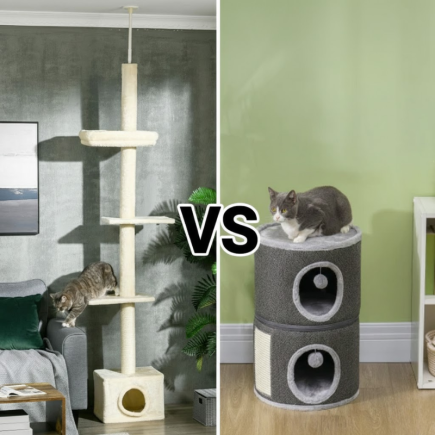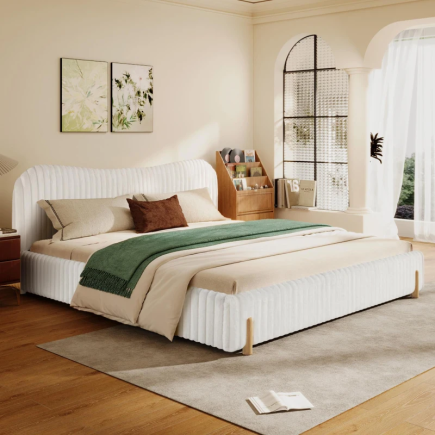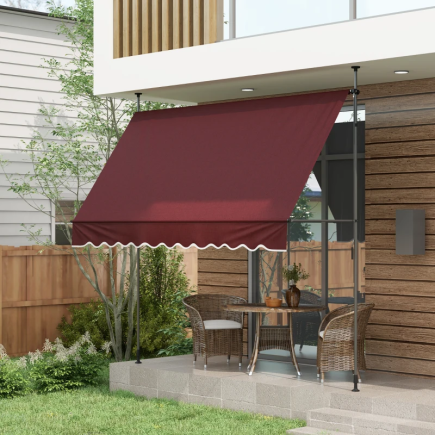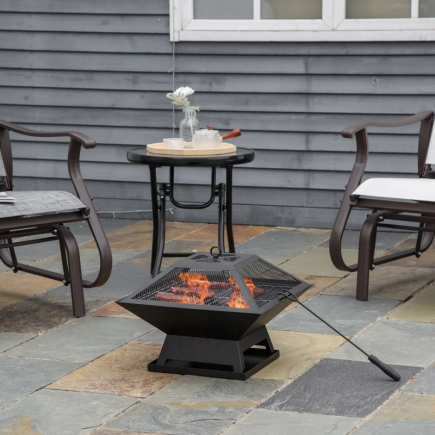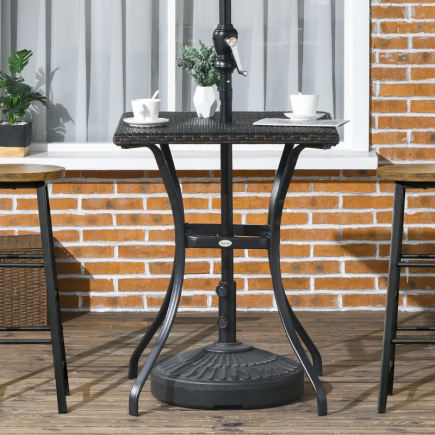Electric fireplaces are popular not just for their convenience and visual appeal, but also for the smart engineering that allows them to mimic the look and feel of a traditional fireplace without the need for gas lines, wood, or chimneys. If you’re considering installing one in your home, understanding how electric fireplaces actually work can help you make a better-informed decision.

This article explores the internal mechanisms behind electric fireplaces, including how they produce heat, create realistic flame effects, and integrate smart controls without any combustion.
Understanding the Internal Heating Mechanism
Electric fireplaces generate heat using an electric heating system. This system works entirely without fire, relying on electricity to warm up internal components that then radiate or blow heat into your room. Two primary types of heating systems are used in modern electric fireplaces:
Fan-Forced (Convection) Heating

- Process: Electricity passes through a metal coil or element inside the fireplace. As the coil heats up, a fan pulls air from the room, passes it over the hot coil, and redistributes the now-warmed air back into the space.
- Applications: This system is used in the majority of entry-level and mid-range models. It’s effective for heating small to moderately sized spaces quickly.
- Efficiency: Most of the electricity is converted into heat, making it suitable for zone heating, supplementing your central heating system in individual rooms.
Infrared Heating
- Process: Quartz infrared elements emit radiant heat, which warms people and objects directly instead of the air.
- Applications: Infrared technology is better suited for larger, open-plan rooms because the heat isn’t as easily lost in drafts.
- Efficiency: This system maintains indoor humidity better than convection heat and is more energy-efficient in open or poorly insulated rooms.
In both cases, the fireplace’s heating component is activated independently of its visual flame effect, giving the user flexible comfort control.
How the Flame Effect Is Created Without Fire
The flame effect in an electric fireplace is purely visual, designed to replicate the flicker and glow of real fire without using gas, wood, or combustion.
LED Light and Mirror-Based Flame Simulation

This is the most common technique:
- LED bulbs are positioned inside the fireplace and aimed at a rotating reflective panel.
- As the panel spins, it reflects the LED light patterns onto a background screen or log set, creating the illusion of movement and flickering flames.
- This system may include additional filters or flame cutouts to vary the shape and depth of the flame.
Colour and Motion Customization
Higher-end models allow users to:
- Change flame colours (e.g., orange, blue, white, multicolour).
- Adjust flame brightness and speed.
- Choose between ember beds made of faux logs, crystals, or stones to change the aesthetic.
These features offer realistic fire visuals without risking everything being cool to the touch, which adds to the fireplace’s safety profile.
Advanced Visual Technology: Mist and Projection Flames
Some premium electric fireplaces use ultrasonic mist:
- Water is vaporized into a fine mist.
- When illuminated with LED lighting, this mist appears like actual smoke or flame.
- The result is a highly realistic 3D flame effect that includes depth, colour variation, and soft movement.
Others use holographic projection, where images of flames are cast onto layered backgrounds to create multi-dimensional realism. These models usually require more space and power but deliver unmatched flame visuals.
Flame and Heat: Independent or Combined
A key feature of electric fireplaces is that the flame effect and heating function are controlled separately.

- Flame-Only Mode: This allows you to enjoy the ambiance of a fire during warm months without activating the heat.
- Heat-Only Mode: You can also turn off the flames and simply use the fireplace as a space heater.
- Combined Mode: For full effect, you can operate both systems together, creating warmth and atmosphere simultaneously.
This separation is possible because the flame visuals are generated by lights and motors, while the heat comes from entirely different components inside the unit.
Operation: Control Systems and User Interaction
Electric fireplaces are designed to be easy to use. They may come with several different types of controls depending on the model’s features and price point.
On-Unit Manual Controls
- These are physical buttons or knobs built into the fireplace’s exterior or behind a control panel.
- Common functions include power on/off, flame effect adjustment, heat level selection, and timer settings.
Remote Control Operation
- Most modern units come with a handheld remote, allowing users to change settings from a distance.
Remotes typically control:
- Flame brightness and colour
- Heat output level
- Flame speed
- Timer (automatic shut-off)
Smart Integration
- Higher-end models may include Wi-Fi or Bluetooth capabilities.
These units can be controlled through smartphone apps, letting users:
- Operate the fireplace remotely
- Schedule usage based on time of day
- Monitor energy use
- Sync with smart home systems like Alexa or Google Assistant
The control system acts as the user interface to operate internal components, turning the heating elements on or off and programming how the flame effect behaves.
Thermostat and Timer Functionality
Electric fireplaces often include built-in thermostats and programmable timers to regulate heat output automatically.

How the Thermostat Works
- You set a target room temperature.
- The fireplace’s internal sensor monitors the room.
- Once the temperature is reached, the heating element shuts off.
- If the room cools down again, the fireplace restarts.
This cycling behavior prevents overheating and helps conserve energy.
Timer Features
- Let users set a shut-off time from 30 minutes to 9 hours (depending on model).
- Ideal for nighttime use or energy management during the day.
Timers and thermostats function through microcontrollers inside the fireplace, which communicate with the heating system to adjust its output in real time.
Power Source and Internal Energy Distribution
Electric fireplaces run on standard home electricity.
Power Supply
- Most plug into a 120V outlet.
- Hardwired models may require installation by an electrician and are typically built into walls or cabinetry.
Energy Use
- Heat mode uses around 1,200 to 1,500 watts, translating to approximately 12–15 cents per hour in most regions.
- Flame-only mode consumes less than 100 watts, costing just 1–2 cents per hour.
Internal Energy Distribution
Once powered:
- A control board routes electricity to the heating element, fan motor, flame motor, and LED lighting modules.
- Each part operates independently but is synchronized by the internal logic board, which responds to user input from the buttons, remote, or app.
This system design enables efficient performance with minimal user effort.
Heating Performance and Room Coverage
Electric fireplaces are considered supplemental heating appliances, meaning they’re not designed to replace a furnace but to assist it.

- Fan-forced models typically heat rooms up to 400–500 square feet.
- Infrared models can cover up to 1,000 square feet, especially in closed spaces with good insulation.
The actual heat output is generally around 4,600 to 5,200 BTUs for standard models.
Important factors that affect heating performance include:
- Ceiling height
- Room insulation
- Air circulation
- Placement of the unit (open corner vs. central location)
Correct sizing ensures that your electric fireplace works at its full potential without overloading or underdelivering on heat.
Visual and Performance Coordination
Though electric fireplaces use separate systems for flame and heat, these are often programmed to work together seamlessly for user experience:
- When you turn the unit on, it may automatically enable flame visuals first, then gradually increase heat output.
- Changing the heat setting does not interrupt the flame effect.
- If flame brightness is adjusted, the motor speed and LED intensity are recalibrated on the fly.
Behind the scenes, this coordination is handled by the fireplace’s control board, which acts as a miniature computer to maintain system stability, even as settings are changed.
A Fire-Free Solution That Works Like a Charm
Electric fireplaces operate using a two-part system: a heating element that delivers real warmth, and a lighting system that produces realistic, adjustable flames all powered by standard electricity. Controlled by manual inputs, remotes, or smart technology, these systems work independently or together to create a clean, safe, and visually stunning fireplace experience. Understanding how these components function gives you a better sense of what to look for when choosing a unit and how to use it effectively after installation.
Whether for comfort, ambiance, or energy-efficient supplemental heat, Electric Fireplaces offer a modern solution built on smart engineering, not fire.
FAQs
1. Can electric fireplaces work during a power outage?
No, electric fireplaces need continuous access to electricity to function. Since they rely entirely on electrical components for both heat and flame effects, they will shut off during a power outage.
2. Are electric fireplaces energy-efficient compared to space heaters?
Yes, many electric fireplaces are as efficient as space heaters but offer the added benefit of flame visuals and better heat distribution through built-in fans or infrared elements.
3. Why don’t electric fireplaces overheat like traditional heaters?
Electric fireplaces use internal thermal sensors and heat limiters. If the temperature inside the unit exceeds safe levels, the system cuts power to the heating element while maintaining minimal function to cool down safely before restarting or locking out.


